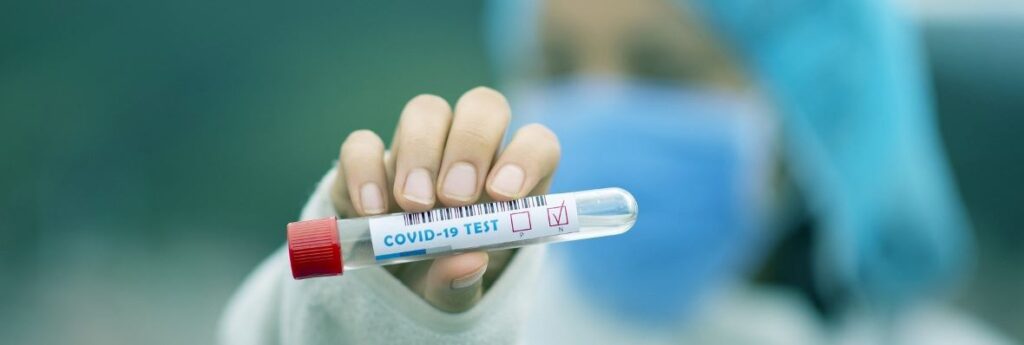With only one percent of participants taking part in a high-profile COVID-19 testing pilot project at Pearson airport in Toronto testing positive for the virus, scientists at McMaster Health Labs (MHL) say there is a “reasonable path forward,” to using arrivals-testing protocols to replace Canada’s blanket 14-day quarantine mandate.
The MHL Canadian International COVID-19 Surveillance Border Study, which took place from Sept. 3 to Nov. 14, and importantly was conducted with support from the Government of Canada and in partnership with Air Canada and the Greater Toronto Airports Authority (GTAA) will release full results in January.
However, interim results, released this week showed:
• 99% of study participants tested negative for COVID-19 with 1% testing positive
• Of the 1% testing positive for COVID 19: 0.7% detected on arrival; 0.3% detected on day 7; and 0.1% detected on day 14
The study, the largest of its kind in the world, gathered data on COVID-19 infection rates of more than 16,000 incoming international travellers (taking 40,000 tests in total), to help determine if an airport-based surveillance program is feasible, to determine whether self-collection of COVID-19 testing is effective, and to explore options regarding the 14-day quarantine for international travellers.
Most other border testing studies have used a “test and release” approach. The study by non-profit MHL is unique in collecting COVID-19 test data from individuals at three different time points: upon arrival and at days seven and 14, which provides a comprehensive data set for policy makers.
The pilot phase also demonstrated the feasibility of airport-based testing with self-collected nasal/oral swabs as well as home-based collection during quarantine.
“Interim results from the border study support a test and reduced quarantine approach such as that being piloted in Calgary,” said Dr. Vivek Goel, co-principal investigator of the study, professor at the University of Toronto and a former CEO of Public Health Ontario. “Testing upon arrival with a follow-up test to catch later positive results could provide a reasonable path forward to help keep borders and the economy open while maintaining public safety.”
Experts agree that COVID-19 will be with us for some time and that testing will be a critical part of the strategy needed to keep borders open and to stop restrictive lockdowns to contain the virus – even if a vaccine emerges.
“The border study provides public health officials with critical information to support decision making through the pandemic,” said Dr. Marek Smieja, MHL scientific director, co-principal investigator of the study and a professor of pathology and molecular medicine at McMaster University in Hamilton, Ont. “In addition to demonstrating the feasibility of conducting COVID-19 testing at the airport, the study has also shown the effectiveness of a self-collected COVID-19 sample using a cheek and nasal swab that is completed in minutes.”
Air Canada’s Chief Medical Officer Dr. Jim Chung, added, “These interim results are very encouraging and provide robust data for governments to make science-based policy decisions with respect to safely reopening our country. The updated results strongly suggest that some form of a testing regime can provide a viable alternative to a blanket, 14-day quarantine requirement and also provide a mechanism to reduce travel restrictions more generally.”
The Border Study recruited consenting participants to provide a sample to MHL researchers before leaving the airport and then supplied two additional samples self-collected at seven and 14 days after arrival, coinciding with Canada’s current quarantine period. Study samples were analyzed at the Research Institute of St. Joe’s Hamilton using the gold standard PCR testing for COVID-19 detection.
The final report of the Border Study will include information on infection rates within age groups and across genders, as well as data on the psychological impact of quarantine.

